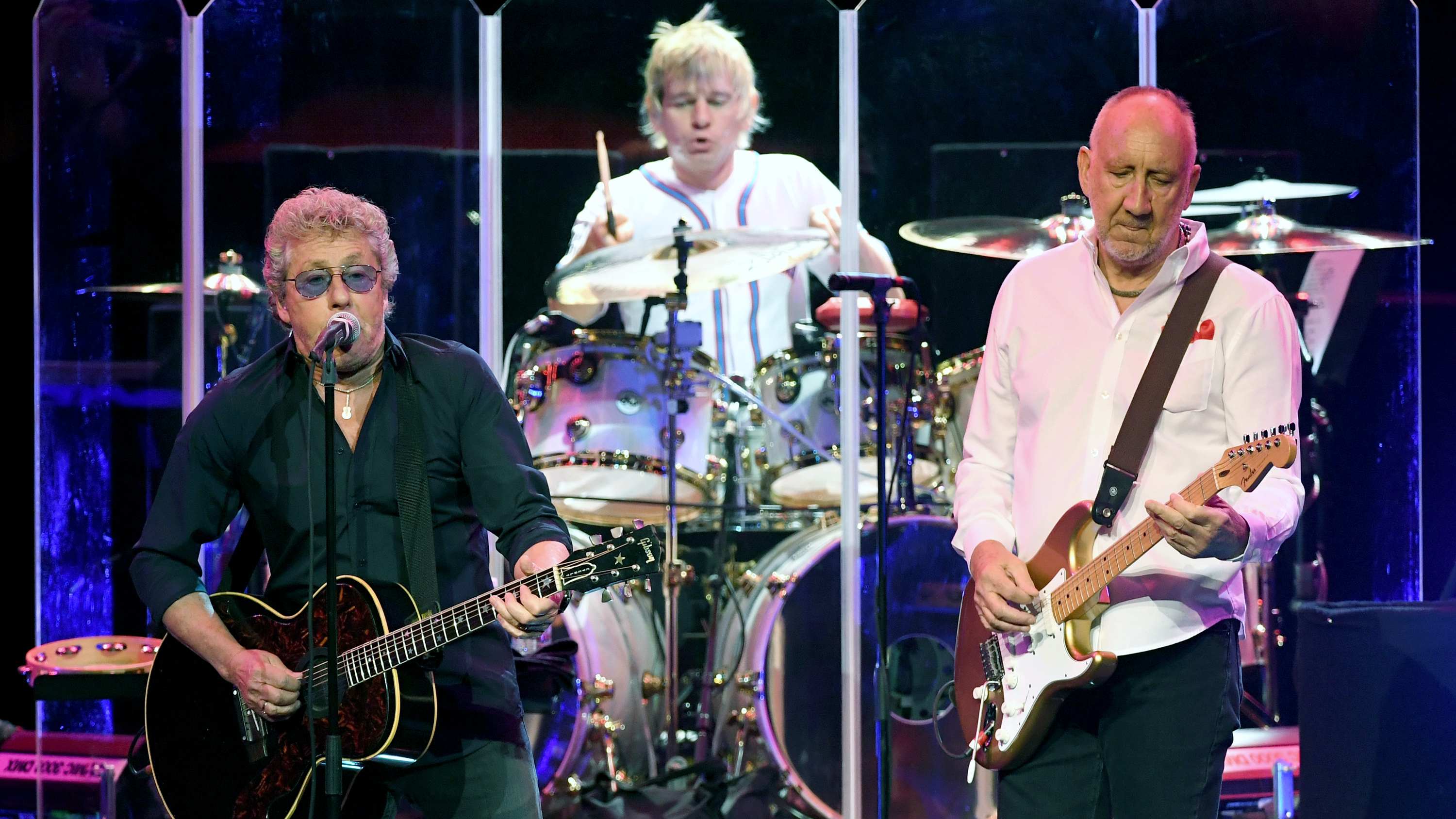Get gig-ready with these 8 live tips for keyboardists
Back To Live: Things to think about before you hit the stage again

As a keyboardist you want to be as well-prepared as possible for your gig. Here are some key tips to make life much easier!
1. Choose your setup wisely
Carefully choosing the right keyboards for the gig and your experience level is paramount. You simply can’t play your best without those instruments you truly feel represent your sound and vibe.
If your board has a setlist function make use of it - it can really help you focus on playing
Keep your rig minimal, so choose a main board for your bread and butter sounds and complement that with a great analogue poly or monosynth. Also set up your rig prior to the soundcheck and gig at home to test that your setup works optimally.
2. Look after yourself
Pre-gig, make sure to get a good nights sleep and try and eat well and relax.
Heavy meals before gigs and loads of booze (for example) is a really bad idea if you’re sitting down playing keyboards for an hour and a half as you’ll just feel horrible and not at your best.
So look after yourself and you’ll perform much better and have way more energy. If you know alcohol hinders your focus then best to do it in moderation!
3. Don’t forgot those important accessories!
When prepping, try and think of things that will make your gig experience smoother/more enjoyable. So that could be choosing the right stand(s), chair/stool, having a holder for your tablet if you’re reading (or need to use a cue sheet) and of course, make sure you don’t forget your sustain pedal.
Get the MusicRadar Newsletter
Want all the hottest music and gear news, reviews, deals, features and more, direct to your inbox? Sign up here.
Also, a volume pedal (per keyboard) and a footswitch will both normally help so that you can have hands-free control over the volume of your entire rig, and many keyboards now allow you to step through programs using a footswitch which makes things a lot slicker.
4. Patch Prep and Setlist
It’s one thing rehearsing the songs themselves but also, be sure to rehearse your patch changes between tracks and for different sections of songs.
If you're driving, plan food for your journey and also scope out parking at the venue
Spend time choosing the right sounds on the appropriate boards and put them into a setlist so you can then step through them in order during the gig without having to think about searching for that one sound you always need but you can never find!
If your board has a setlist function make use of it - it can really help you focus on playing and enjoying the gig rather than getting sucked into button pressing!
5. Monitoring
Hearing yourself clearly on stage above your band members and getting your sound right can make or break a gig. Choose monitoring that gives you the best sound and vibe - so that could be mono, or stereo.
Also, consider floor wedges, pole-mounted speakers at ear height or in-ear monitors (or a combo of in-ears and floor wedges for clarity and vibe). In-ear monitors are a good shout as they enable you to get the same sound night after night without having to worry about the room acoustics coming into play (as with floor wedges or side-fill monitors).
6. Hearing protection
Now you’ve chosen your preferred monitoring, try and keep levels in check. Generally you will have a good idea if something is too loud but at the same time this can be hard to judge, and even more so when using in-ear monitors; however some systems have a built-in limiter which is worth using.
Going on stage cold is something you should never do, much like failing to warm up before exercise
Playing more quietly in general is good as the music can breathe and you can really harness dynamics for a much more engaging performance. If everything is just loud it can get tiring quickly! Also, when using floor monitors be sure to use decent earplugs too.
7. Warming up and performing
Try and warm up properly before your gig. Rub your hands together to get the blood flowing and stretch out your arms, fingers, neck and shoulders. Going on stage cold is something you should never do, much like failing to warm up before exercise. This will all make for a much better performance where you feel completely at one with your instrument and the music.
Also, choose whether sitting or standing is best for you - standing generally projects to the audience better, whilst sitting is often more appropriate for more intimate performances or where you need more nuanced control over your fingers/the keyboard.
8. Getting you and your gear to the gig safely
Plan ahead. If you’re driving, plan your journey and route, plan some stops for breaks if it’s a long journey, plan food for your journey and also scope out parking at the venue to make sure you aren’t driving round for hours trying to find a spot to load in to the venue.
Also make sure your boards are packed safely in either soft or hard cases (preferably with wheels!), don’t leave gear on show unattended and get appropriate insurance so your precious gear is insured for all eventualities.


Future Music is the number one magazine for today's producers. Packed with technique and technology we'll help you make great new music. All-access artist interviews, in-depth gear reviews, essential production tutorials and much more. Every marvellous monthly edition features reliable reviews of the latest and greatest hardware and software technology and techniques, unparalleled advice, in-depth interviews, sensational free samples and so much more to improve the experience and outcome of your music-making.










